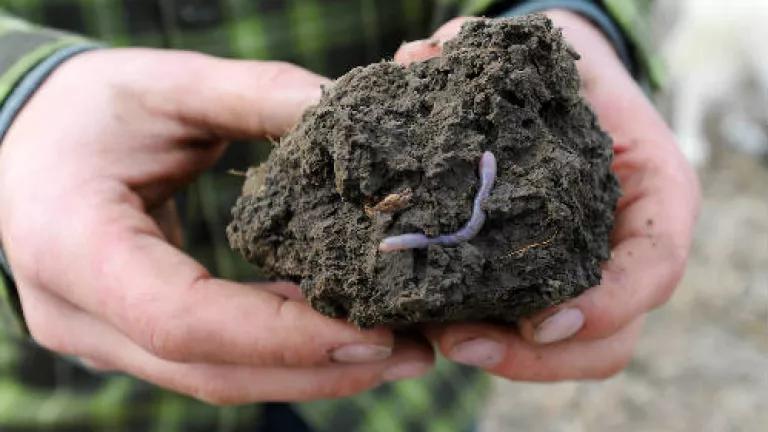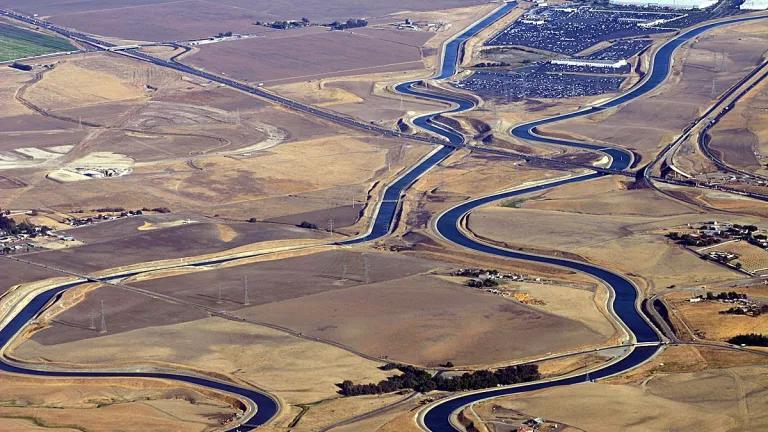
Chicago Tribune investigative reporters have put together an excellent series detailing the social and environmental damage being wrought by Illinois’ profusion of industrial hog farms. The series explains in stomach-churning detail everything from animal abuse to worker abuse to chokingly high levels of air pollution to massive fish kills associated with these enormous operations. So at the risk of gilding the manure-soaked lily, allow me to add one more consequence of the failure to adequately regulate factory farming: algae blooms. The kind that fill our inland waters with green sludge, and fuel the massive dead zone in the Gulf of Mexico—an area roughly the size of Connecticut where decaying algae has sucked the oxygen out of the water, making it impossible for anything to live there.
As discussed in the Tribune series, an industrial livestock farm, which houses thousands of animals living closely packed together, generates hundreds of thousands of gallons of waste per year. This is true not only for hog farms but dairy and poultry farms as well. One 2,500 dairy cow operation produces about the same waste load as a city of around 400,000 people—think Minneapolis, or Sacramento. That waste contains high levels of nitrogen and phosphorus, and hence is useful as a fertilizer—in limited amounts. Unfortunately, there is nothing at all limited about the way manure from a factory farm is often applied to land. Since the operators generate way more of the manure than they can use beneficially or sell, their main concern is getting rid of it. Some find ways to do that responsibly, but others simply spread it on crops without regard to whether the crops need it or the soil can absorb it. Sometimes they even spread it in winter when the soil is frozen solid, and cannot possibly absorb any of it.

The result is predictable. As soon as the rains come, all that excess waste that’s been spread on the ground—with its copious nitrogen and phosphorus content—runs off into adjacent waterways. When that happens, all of its powerful fertilizing properties fuel the growth of algae in the water, all the way down to the Gulf of Mexico. A few years back, a modeling study determined that the bulk of the phosphorus delivered to the Gulf comes from manure. And now, manure from Wisconsin dairy CAFOs is a leading cause of another dead zone emerging in Green Bay.
Of course, industrial farming is not the only cause of runaway algae growth. Overuse of chemical fertilizer in row crop agriculture, and phosphorus-laden municipal sewage, all contribute their share. But the Gulf dead zone and the green slime plaguing our waters are one more cost of cheap protein that the public should not be saddled with.




